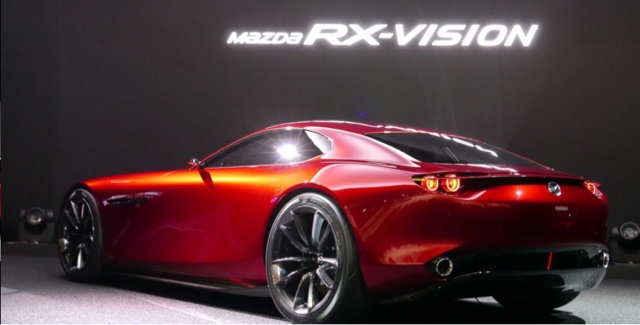But dont go thinking that this is a car that is a simple face-lift, or some minor improvements intended to sell a few more units. This car is completely new. Take the engine for example. It is the same W16 quad turbo as in the Veyron, and yet there is not a single part of the engine that remains the same. The introduction of more Titanium and Carbon fibre means the engine is lighter, and the revamped turbos feature two-stage activation to result in zero lag. And, thanks to improved engine parts, the Chiron manages 1479BHP, almost 500 more than the Veyron. And that's only the start of the improvements.
The body, as well as the tub, is now entirely made from carbon fibre. However, despite this the bulk of the engine and turbos mean that it will still weigh in at a podgy 1995KG. 0-124MPH takes only 6.5 seconds. For a comparison that will blow your mind, that's the same time that a Focus ST takes to get to 60!! Top speed? 261MPH. But you are only advised to remain at that speed for 6 seconds, to prevent the tyres (Michelin Pilot Sport Cup 2's- developed with the aerospace industry) failing and you being flung out at top speed.
And the price for all this absurdness? A mere £1.9 million. But, according to Bugatti, this is a car that promises to be more than just numbers. It promises to be more of a drivers car than the Veyron, and the styling gives the impression of a car that is more than just a miracle of physics. But I dont think it will make the same impression that the Veyron did on its launch all those years ago.
Nev





